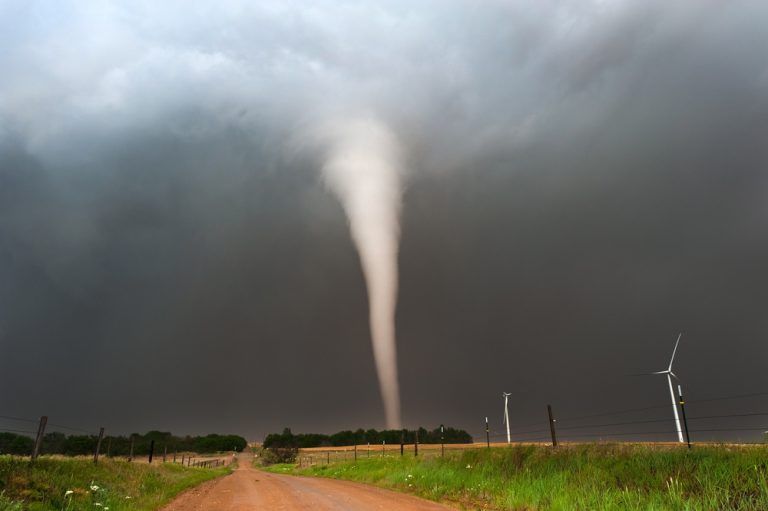

Storm Shelters
Facts and Statistics About Tornado Safety in the United States
Tornadoes are one of the most unpredictable natural disasters that can strike anywhere, anytime in
June 17, 2023
417-883-0733
mymail@mailservice.com


Tornadoes are one of the most unpredictable natural disasters that can strike anywhere, anytime in
Proudly recognized as the leading provider of premium gun safes and custom storm shelters for homes and businesses across all
50 States.
MONDAY-FRIDAY : 9AM - 5PM
SATURDAY-SUNDAY: CLOSED
EMAIL US
MATT@CARNAHANWHITE.COM
RANDALL@CARNAHANWHITE.COM

Storm Shelters Delivered Nationwide | Based in Springfield, MO | Republic | Ozark | Branson
Stronghold by Canahan-White All Rights Reserved | Springfield Marketing Services, LLC